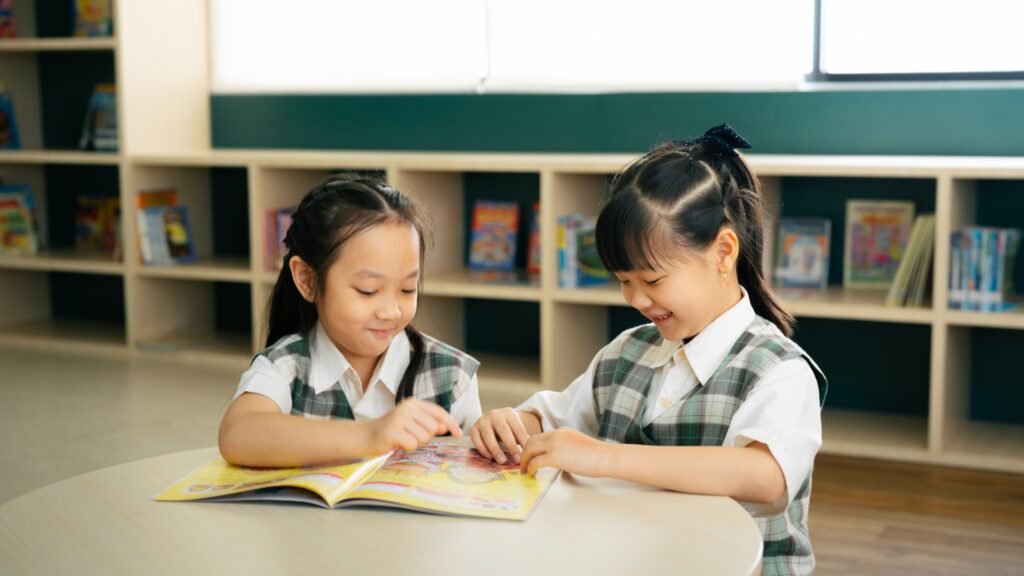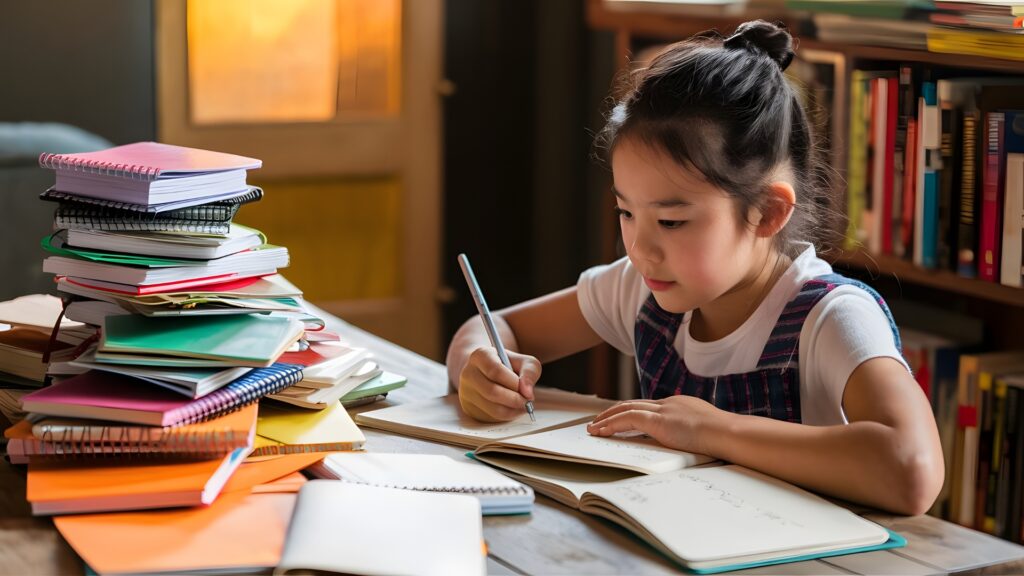When talking about kindergarteners, literacy doesn’t relate to reading and writing only. Literacy skills for kindergarteners (that is, between ages 4 - 6) also include listening, speaking, and even playing a role or imagining a scenario. It’s to connect their tangible realities with language and to use it in various ways at the appropriate time.
In this article, we recommend a few simple and fun literacy activities which can be done at home – activities which you and your child can participate in, as a supplement to your child’s regular program.
1. Reading to your child
Language learning is a complex and beautiful gift from God that is granted to every newborn baby. You may find that even children with learning disabilities have the inner motivation to understand what the world is communicating to them, and vice versa.
Language learning starts with observing and listening; the more a child listens, the more it becomes accustomed to which words are used in a variety of situations. Reading to your child helps them to recognize that some words are used in storytelling, with certain themes, emotions, and messages.
The simple act of reading to your child sets an example to them that reading is a positive experience, which will encourage them to take the role of the reader one day.

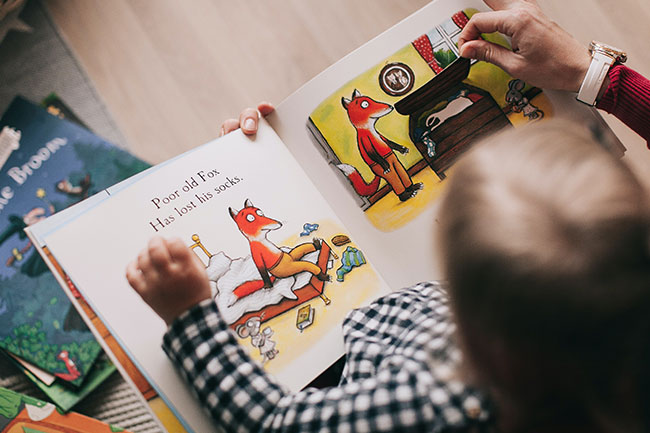
2. Looking at picture books
Taking the act of reading to your child further, we recommend that you use picture books. This allows your child to participate in the reading process by looking at the pictures, their meaning, and the descriptions you use.
You and your child can also interact with the illustrations to have a conversation about what’s happening on the page. For example, you can ask your child to guess what will happen in the story and encourage them to speak.
Listening and seeing are two ways that children and adults typically learn, but to do so effectively, you also require action and participation.
3. Reciting nursery rhymes
You may discover that your child enjoys listening to music. Nursery rhymes were made to be memorable, simple, and invoke positive feelings. They can tell simple stories and contain positive messages to your child.
You don’t have to stick to traditional nursery rhymes, especially if your child gets bored easily from listening to the same music. You can find inspiration from certain Youtube and TV channels for new and perhaps more modern nursery rhymes.
However, it’s not advisable to leave your child to watch and listen to nursery rhymes alone for a majority of the time. The act of reciting nursery rhymes is a time of bonding and interaction.

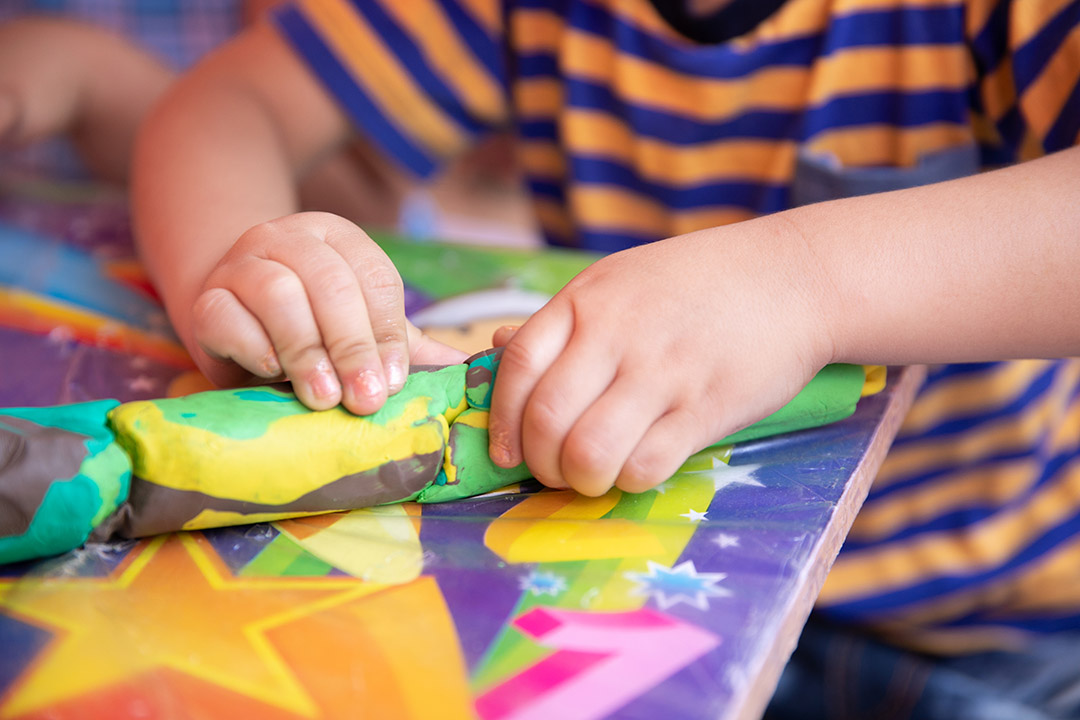
4. Playing playdough
This may come as a surprise, but playdough has many uses in teaching children to read and write. Your child can learn to create shapes and text by reforming the playdough; they can create figures and name them for display – they can play around with them too. They can use a stick or pencil-like object to carve, shape, and inscribe the playdough, as this trains their fine motoric skills for writing later on.
These simple activities can provide a fun and positive experience for your child as they bridge between their tangible and visible realities into a more complex world of languages. By constant interaction with your child, you can help them to quickly and effectively progress in literacy learning.
